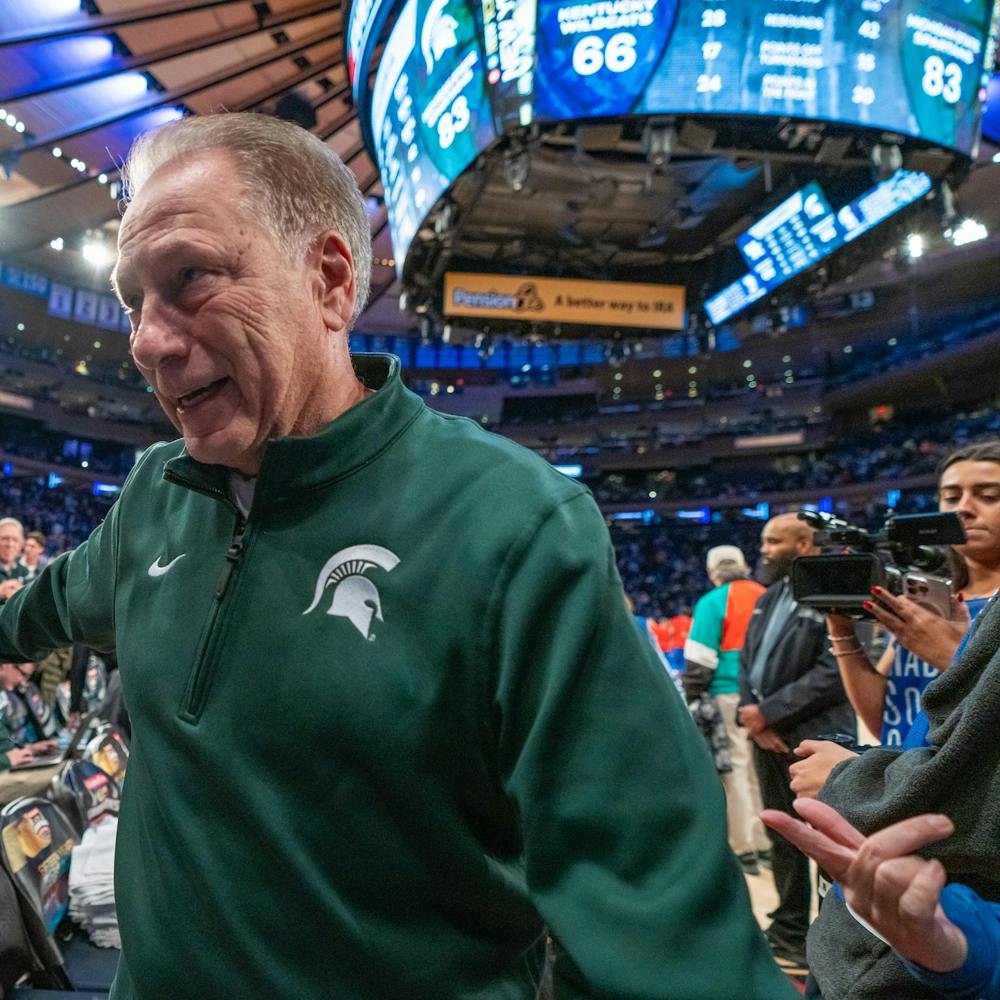Seeing isn’t believing — at least not for a scientist.
After almost two years of peer review, checking and rechecking facts and looking at all possible alternatives, an internationally collaborative team of 584 physicists announced Friday the proven existence of antimatter.
Brookhaven National Laboratory, where the antimatter was discovered, is home to the Solenoidal Tracker At RHIC, or STAR, experiment in Long Island, N.Y. STAR team members include three MSU-affiliated physicists: Gary Westfall, Terry Tarnowsky and Hui Wang.
RHIC refers to the Relativistic Heavy Ion Collider.
Westfall, an MSU university distinguished professor of physics who has worked with STAR since 1994, said the antimatter particle was first seen when physicists created high-energy collisions of gold ions at the RHIC.
Westfall said the detector allows the STAR team to recreate and examine conditions similar to those microseconds after the Big Bang occurred.
“The detector is very capable,” Westfall said. “Lots of particles are created in every collision. It’s sophisticated and able to sort out new particles that we have never seen before.”
Westfall said although it was predicted more than 50 years ago that the particle was a reality, the proven existence will put physicists a step closer to answering one of the fundamental questions of physics.
“Everything is matter,” he said. “There is no antimatter. This is interesting because in all of the models about the universe being created, there was an equal amount of matter and antimatter. The question is where did all of the antimatter go?”
Wolfgang Bauer, chair for MSU’s Department of Physics and Astronomy, said it is an honor for MSU to be involved in this kind of research.
“It shows our leadership position in nuclear physics, not just nationally, but internationally,” Bauer said. “If antimatter like this can be found, it’s completely reasonable to assume that the MSU (men’s) basketball team can win the NCAA Tournament, even without Kalin Lucas.”
MSU STAR team members study the fluctuations of the ratio between matter and antimatter.
Tarnowsky, a visiting MSU research associate and STAR team member, said the detection of a particle such as this is important to physics.
“It’s not like the old days when particles were being discovered left and right,” he said. “(The antimatter particle) should have been there and it was there. It’s interesting to be involved in this fundamental research, and I’m proud that our experiment was the one that found it.”
Westfall said the three physicists will be back at Brookhaven in a few weeks for a beam energy scan that will help the STAR team further study the basic theories of matter.
“You’d think maybe we’ve always known about these things, but we haven’t,” he said. “It’s only in the last 50 to 100 years people have understood how big the universe is and where it came from. These are questions everyone wants to know and we’d like to answer.”
Support student media!
Please consider donating to The State News and help fund the future of journalism.
Discussion
Share and discuss “MSU physicists help prove antimatter exists ” on social media.





